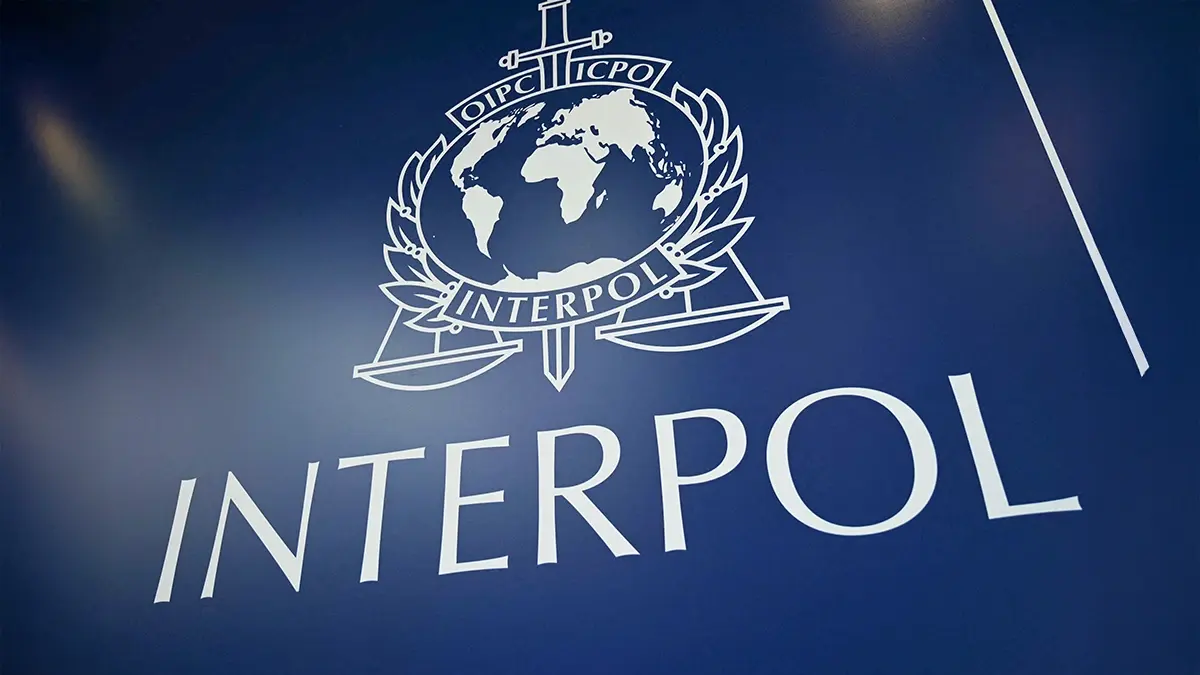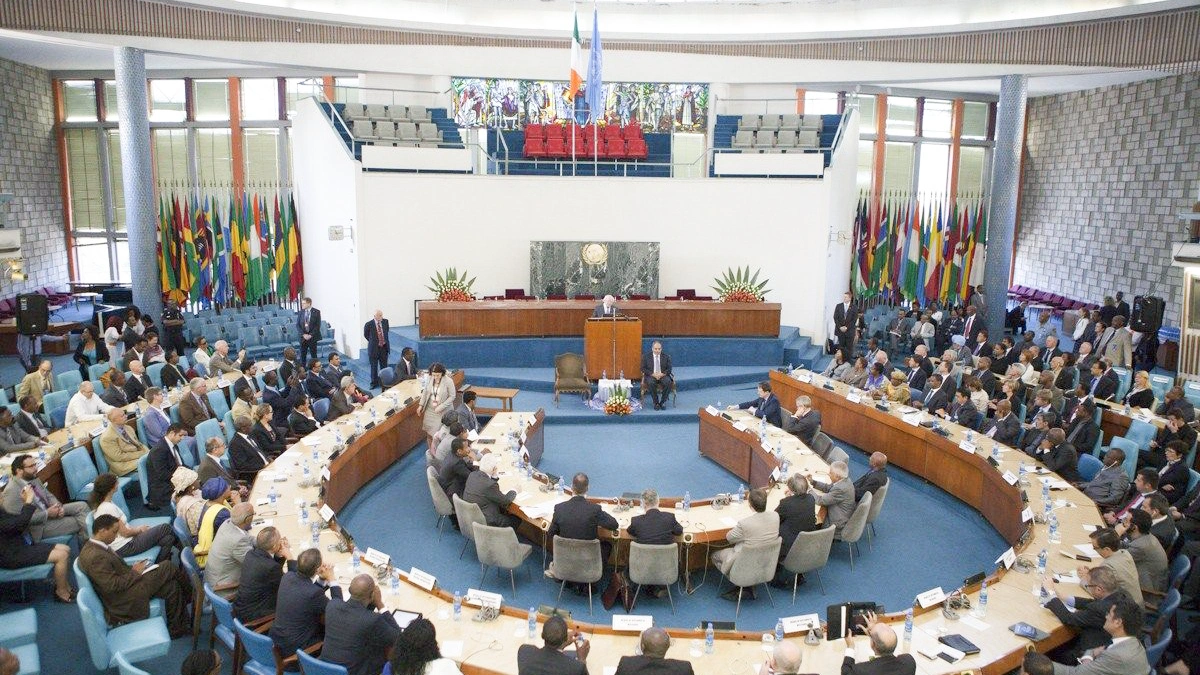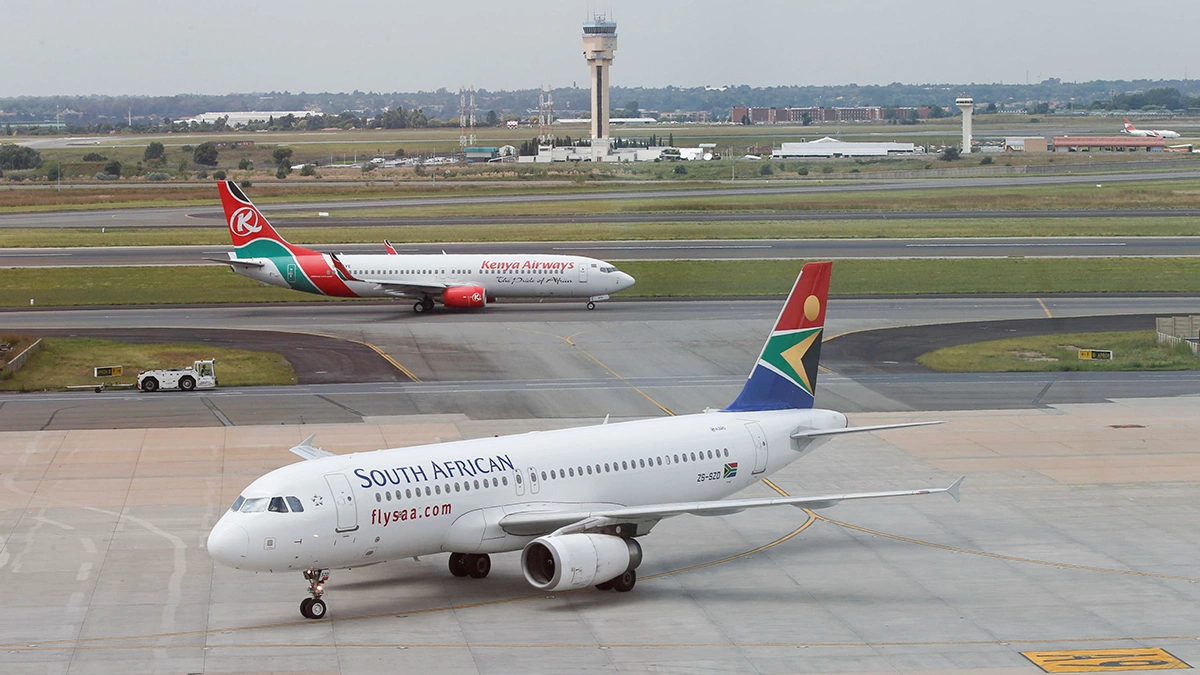Interpol warns of rise in cybercrime in Africa

- Africa, the main target of cybercrime in 2023
- 2025: the most critical year?
- Africa faces the challenge of protecting its digital space
A recent Interpol report published on 23 June warns of a worrying increase in cybercrime on the African continent. According to the document, ‘two-thirds of African member countries reported that cybercrime accounts for a medium or high proportion of total reported crime.’
The report also highlights that more than 30% of crimes reported in West and East Africa relate to online criminal activity. Among the most frequent threats are digital scams, ransomware attacks (malware that restricts access to files or systems), business email impersonation and ‘sextortion’. Interpol also stresses that 90% of African countries acknowledge the need for ‘significant improvement’ in their capabilities to investigate, prosecute and punish these crimes.
Neal Jetton, Interpol's director of cybercrime, said that the fourth edition of the ‘Cyber Threat Assessment in Africa’ report provides an up-to-date analysis of the digital context in the region, based on operational data and cooperation with the private sector. He highlighted the emergence of threats such as artificial intelligence fraud and stressed that ‘no country can tackle them alone’.
For his part, Ambassador Jalel Chelba, interim executive director of Afripol, pointed out that cybersecurity is no longer just a technical issue, but ‘a key pillar for stability, peace and sustainable development’ in Africa. According to Chelba, these threats impact digital sovereignty, institutional resilience and public trust.

Africa, the main target of cybercrime in 2023
According to regional media, in 2023 Africa was the region with the highest number of weekly cyberattacks per organisation. These incidents ranged from large-scale theft to leaks of sensitive data. The United Nations Economic Commission for Africa warned that the lack of preparedness for these threats could cost up to 10% of the annual GDP of countries on the continent.
On the business side, 52% of successful attacks targeted organisations, while 91% targeted individuals. In addition, 29% used fake websites that imitate bank or payment system portals. According to experts, one of the biggest problems lies in the poor cybersecurity infrastructure: around 90% of African companies do not have adequate protocols in place, leaving them highly exposed.
For Kudakwashe Charandura, director of cybersecurity at SNG Grant Thornton, cybercrime in Africa continues to rise, with annual losses already exceeding 4 billion dollars. The continent's digital advancement has made it a strategic target, with Nigeria, South Africa and Kenya among the most affected countries. In 2024, attacks have become more complex: ‘28% of African organisations suffered security breaches even with robust measures in place.’ The legal framework remains uneven; while countries such as South Africa and Kenya have adopted modern cybersecurity laws, others are still lagging behind, hampering regional cooperation.
76% of Africans access the Internet via mobile phones, which has increased threats to these devices. East Africa has seen a sharp rise in mobile money fraud, including malware and SIM card cloning. In addition, cyberattacks are increasingly targeting critical sectors such as energy and telecommunications, raising concerns about the continent's ability to respond to these threats.
The Interpol report adds that last year, 60% of Interpol member countries in Africa reported an increase in cases of digital ‘sextortion’, in which intimate images (real or generated by Artificial Intelligence) are used to extort victims.

2025: the most critical year?
According to Check Point Software's Global Cyber Attack Report for the first quarter of 2025, Africa is the region most affected by the increase in cyber threats, which rose by 50% worldwide. On average, each African organisation suffered 3,286 attacks per week, compared to a global average of 1,925, representing a 47% increase over the previous year. Among the most affected countries, South Africa stands out with year-on-year growth of 69%, reaching 1,884 attacks per organisation per week. In May, South African Airways (SAA) reported a cyberattack that temporarily disrupted its website, mobile app and several internal operating systems. According to the state-owned airline, the technology team managed to contain the incident and limit the impact on flight operations.
After South Africa, the growth in attacks in Nigeria stands out, with 4,388 weekly attacks (47% more than in 2024); Angola, with 4,727; and Kenya, with 4,004. In terms of the most targeted sectors, education tops the list with 4,484 incidents per week, followed by government and telecommunications.

Africa faces the challenge of protecting its digital space
According to law enforcement agencies on the continent, cybercrime is advancing faster than the legal capacity to deal with it. According to Interpol, 75% of the countries surveyed acknowledge that their legal frameworks and resources for criminal prosecution need improvement. In addition, 95% report deficiencies in training, lack of resources and absence of specialised tools, which hinders the enforcement of existing laws. In terms of infrastructure, only 30% of countries say they have an incident reporting system, 29% have a digital evidence registry, and just 19% have a cyber threat intelligence database. International cooperation, which is key given the cross-border nature of crime, also faces obstacles: 86% of countries admit to limitations due to slow processes, lack of operational networks, and restrictions on access to data abroad. Finally, 89% say that collaboration with the private sector requires ‘significant’ or ‘moderate’ improvement, mainly due to the lack of clear channels, low institutional preparedness and other operational barriers.










